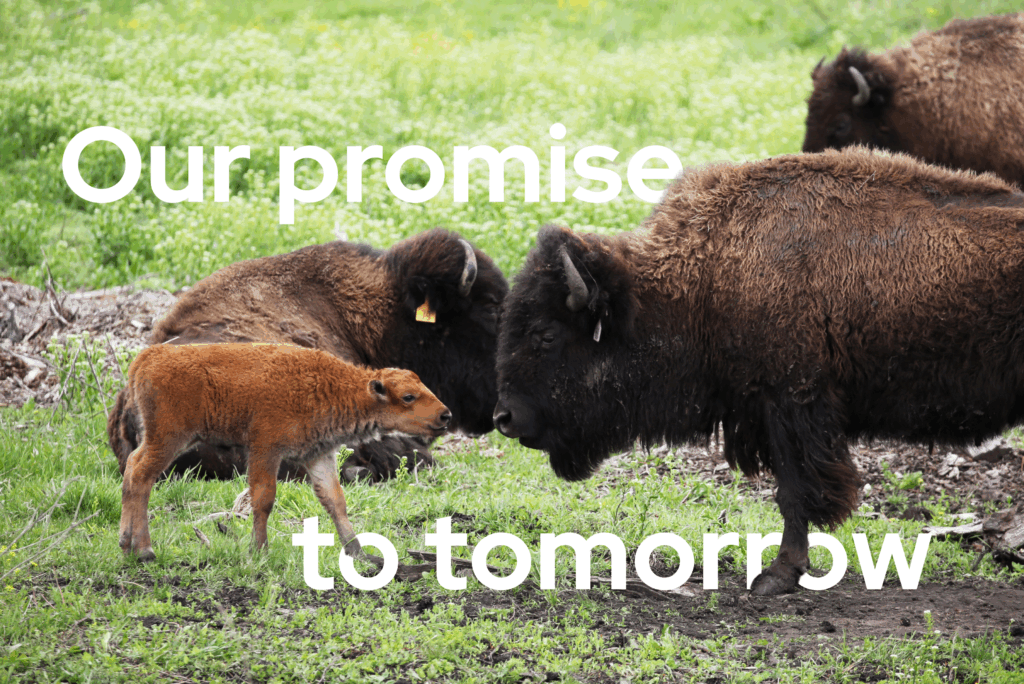Home / Openlands Programs / TreePlanters Grant / What to Expect on Planting Day
Share
Home / Openlands Programs / TreePlanters Grant / What to Expect on Planting Day
Share
For more information on the TreePlanters Grants program or if you have any additional questions about planting day, please contact trees@openlands.org or call 312-863-6289.
Information for Openlands Volunteers
As the TreePlanters Grantee, it is your responsibility to share the following information with neighborhood volunteers and community groups before planting day. Openlands will provide you with an electronic form to collect tree adopter information and maintenance agreements. Volunteers can save time at check-in by registering in advance using the unique event link that will be sent to you prior to planting day.
TreePlanters Grant Information
Schedule
A typical planting day begins early and is complete a little after noon, depending on how many trees are being planted and the number of volunteers participating.
7:30-8:30am
Openlands staff arrives and begins placing trees, setting up equipment, and preparing for the day.
8:30-9:00am
Volunteers arrive, check-in, and enjoy refreshments.
9-9:15am
Introductions, overview of day, and warm-ups.
9:15-9:30am
Volunteers are broken into small groups to be led by TreeKeepers and Openlands staff.
9:30am-12:30pm
Planting, mulching, and watering of the new trees.
12:30-1: 00pm
Clean up, wrap up, and thank yous.
Frequently Asked Questions
Who plants the trees?
The volunteers actually plant the new trees. With the help of our TreeKeepers, we work to educate community members on proper planting methods and tree care. This not only ensures the health of the trees planted at these events, but also gives volunteers knowledge that they can use in their own backyards.
Can I plant my own tree on another day? I won’t be available on planting day.
No, Openlands is not a landscape contractor or tree nursery. We organize community tree plantings that requires participation from all volunteers on the same day.
Will every resident in an approved grant get a tree?
It is important to remember that a tree is not guaranteed to be planted until it is actually planted in the ground. Possible issues can concern utilities, new construction, electric lines, light and traffic signs, old stumps, or standing dead trees.
What types of trees does Openlands plant?
Openlands selects mostly large, urban-tolerant, native shade trees, such as oaks, northern catalpa, and Kentucky coffee trees.
How big are the trees at planting?
The trunk of the trees are around two inches in caliper size, which is measured 6” from ground level. The trees range in height depending on their species, with an average height of ten feet. Check out our Instagram account for photos from the latest tree planting events.
I requested a tree, but I don’t like where it was approved to be planted. Can I move it?
No. The inspector identified those locations based on city standards which include many factors, such as distance from fire hydrants, light poles, driveways, alleys, and other trees. It is important that the tree is planted where it was approved to allow it to flourish.
My neighbors and I want a specific and/or the same kind of trees, can we do that?
We choose our trees for the planting season based on city standards, nursery availability, parkway conditions, and to encourage species diversity in the neighborhood. Openlands Forestry Team members are International Society of Arboriculture certified arborists and do our best to choose the ‘right tree for the right place.’
There are marked locations for two trees and I only requested one. Can we plant it in between the marks?
No. The marks are placed to provide the maximum number of trees on the street and we will not split the difference.
Can I have a smaller growing tree or shrub for my parkway?
Unless there are specific circumstances that would require a smaller or understory tree to be planted, Openlands plants shade trees that are large at maturity because they increase the overall tree canopy cover in the city, soak up more stormwater, provide more habitat for wildlife, and lower energy costs for residents by casting more shade.
How do I take care of my trees over time?
We have all the information you need to take care of your trees laid out here.



